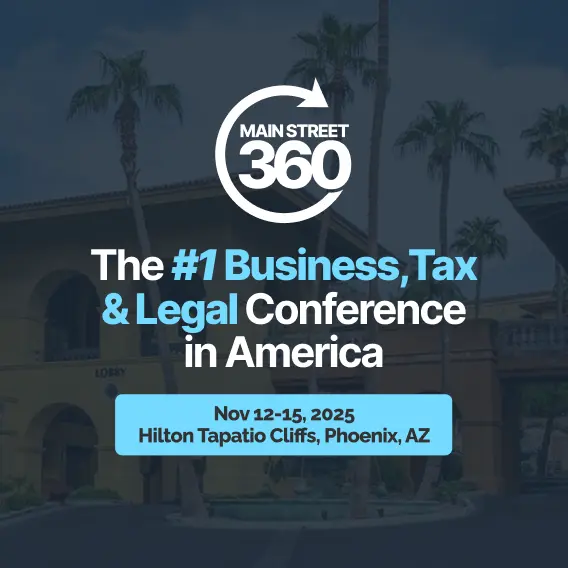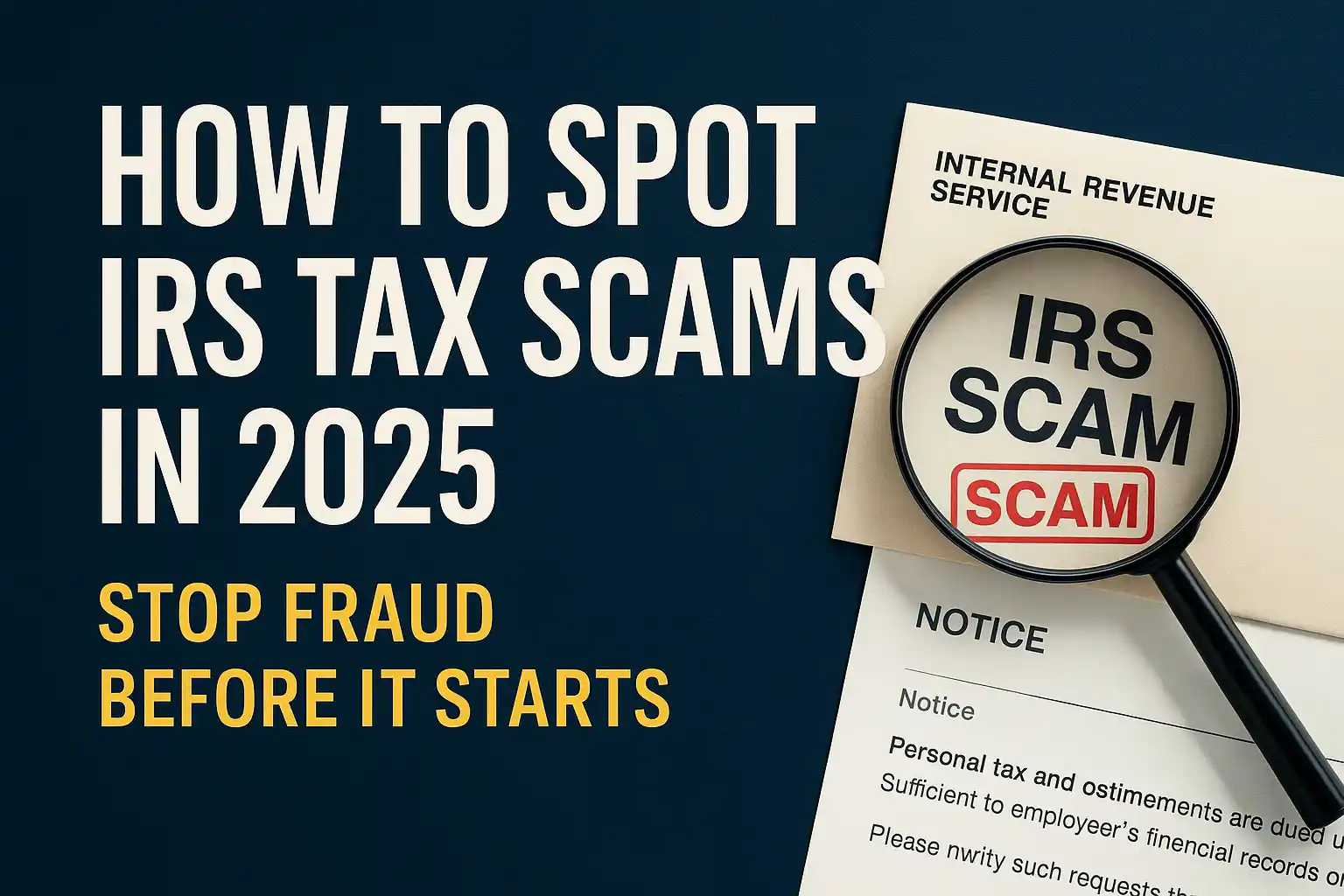Let’s face it: paying taxes is already tough enough. Don’t make it worse by piling on unnecessary penalties and interest on top of your tax bill.
The three biggest IRS penalties are:
- Late Payment Penalty – Not paying what you owe by April 15, 2025
- Failure-to-File Penalty – Not filing by April 15 or October 15 (if you filed an Extension)
- Penalty for Underpayment of Estimated Taxes – Not paying your taxes gradually throughout the year
These penalties—plus interest—can add up fast. It’s critical to know your deadlines, plan ahead, and avoid getting hit with fees that are completely preventable.
#1 – Late Payment Penalty
This common IRS penalty kicks in when you don’t pay any remaining taxes owed for the prior year by April 15th.
The Damage:
The penalty accrues at 0.5% per month (or part of a month), up to a maximum of 25% on the amount due.
The interest on unpaid taxes accrues at an annual rate of 8% in 2025—higher than in previous years! That interest keeps compounding until you pay in full.
Yes, you can file an Extension to delay filing, but the IRS still expects you to pay by April 15. Otherwise, interest and penalties begin accumulating immediately.
How to Avoid It:
- Pay on time if at all possible
- Set up a savings account just for taxes
- Save 20% of any small business, side gig, or 1099 income
- W-2 withholdings are usually enough for your job income—but 1099s are where most people fall short
If you didn’t save enough or aren’t sure what you owe, estimate high and send in something. You’ll get a refund if you overpay. But if you underpay, the penalties will hurt more.
If needed, borrow from anyone but the IRS—use a 0% interest credit card or a HELOC. The IRS is the worst lender you’ll ever deal with.
Example:
Filed Extension, Didn’t Pay: Let’s say you file an Extension on April 15, 2025, but wait until October to pay a $10,000 tax bill. Here’s the damage:
- 3% in interest (half a year’s worth)
- 3% in penalties (0.5% x 6 months)
= Around $550 in total penalties and interest—not the end of the world, but it adds up fast.
If you still haven’t paid by October 15, the situation gets more serious. At that point, it’s time to consider options like a payment plan or even an Offer in Compromise.
Check out my article: “What to Do If I Can’t Pay My Taxes by October 15th” for help.
#2 – Failure-to-File Penalty
This painful penalty hits if you don’t file an Extension and you miss the April 15th deadline—or if you file an Extension but then miss the October 15, 2025 deadline.
The Damage:
This one racks up 5% per month, up to a maximum of 25%.
And that’s not all. The failure-to-pay penalty keeps adding 0.5% per month for up to 45 more months—that’s an additional 22.5%.
Combined, these two penalties can total 47.5% of your unpaid taxes—not including interest.
How to Avoid It:
Simple—just file your return!
- If you’re not ready by April 15, file Form 4868 to get an automatic 6-month extension
- Then, make sure to actually file by October 15
- Even if you’re missing info or need to amend later—file something!
Good news: If you’re getting a refund, there’s no penalty for filing late. But still—why wait?
Pro Tip: Always file an Extension, even if you don’t know what you owe yet. Then pay what you can. If you need to amend later, no big deal.
#3 – Penalty for Underpayment of Estimated Taxes
The IRS doesn’t want all your money on April 15—they want it throughout the year.
If you’re a W-2 employee, taxes are automatically withheld from your paycheck. But if you’re self-employed, running an S-Corp, or earning 1099 income, you’re expected to pay quarterly.
The Damage:
This penalty applies if you don’t pay at least 90% of your current year’s tax liability, or 100% of last year’s tax liability (110% if your AGI is over $150,000).
Even worse, the IRS wants you to pay in equal quarterly installments. If you pay more later and less earlier—they’ll still hit you with a penalty.
And if you underpay because of negligence or underreported income, you could face an additional 20% penalty after an audit.
How to Avoid It:
There are two safe harbor options to avoid this penalty:
- Pay 90% of your current year’s tax in four equal installments
- Pay 100% of last year’s tax (or 110% if your AGI > $150K)
Either method works. Just pick one and stick with it.
Final Thoughts: Stay Ahead of the IRS
The worst thing you can do is ignore the IRS. Those penalties and letters won’t go away—and the longer you wait, the worse it gets.
If you get a notice, call them (or work with a pro to respond). And remember: the IRS will never call you first. If someone calls claiming to be the IRS, it’s a scam.
The best way to avoid penalties is to be proactive, not reactive. Make a plan now, not when you’re staring down a deadline.
Know the deadlines
File early or file an Extension
Estimate and send payments
Keep good records
Get help if needed
Want Help Staying Organized?
The 2025 Trifecta Planner is your all-in-one guide to staying ahead of tax deadlines, organizing your business strategy, and building wealth.
- Tax charts & checklists.
- Content prompts & marketing tips.
- Real estate, retirement, and trifecta strategy guides.
Pick up your Trifecta Planner today: https://markjkohler.com/the-trifecta/
Tax strategy isn’t one-size-fits-all. That’s why the Main Street Tax Advisor Network helps you find a certified pro who fits your goals.
With over 1,000 advisors to choose from, all trained and certified by Mark J. Kohler, you’ll get expert support for long-term tax savings.
And it’s 100% FREE to search!











[…] you filed an Extension back before April 15th, but if you didn’t see my other Article, “The Most Common IRS Penalties and How to Avoid Them” to understand the penalties and interest that has already been adding up on your account with the […]